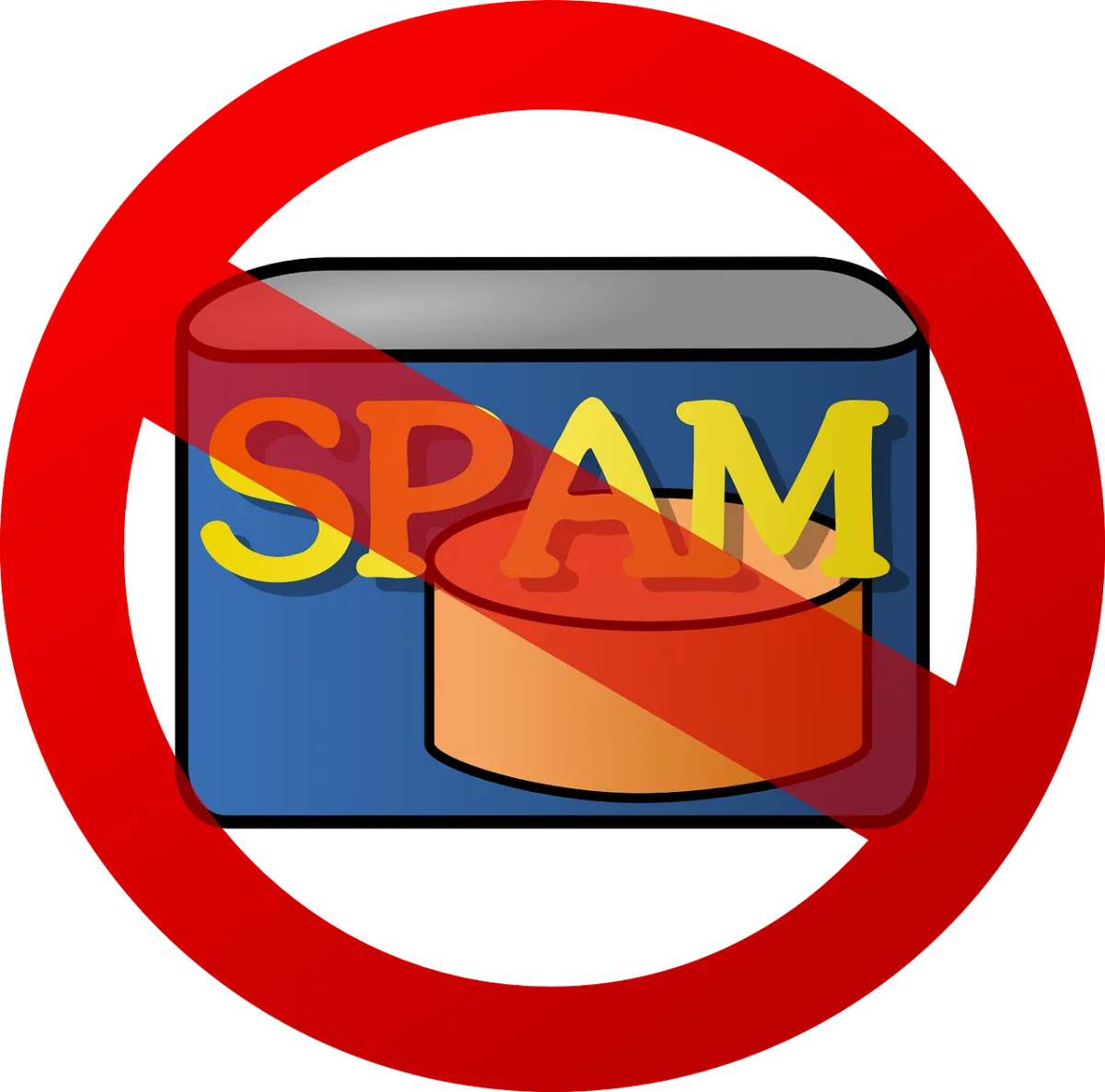Welcome to Tech Tips With The Tech Ninja!

Stay Out of Spam
“If you take a little creativity, a dose of common sense, and the time to think it through - it's not that hard to make sure your emails get where you want them to go.” ~ Kat Milner
Introduction:
These days, email is an indispensable tool for communication, both personally and professionally.
With the rise of spam filters and increasingly sophisticated (and mysterious) algorithms, making sure your emails land in the reader's inbox can sometimes feel like threading a very teeny, tiny, needle.
Not to worry - with a few key strategies, you can increase the chances of your emails bypassing the spam folder and landing directly in your reader's primary inbox.
1. Write a relevant subject line
The subject line is the first thing your reader sees, and is what makes the difference between your email being read or never opened.
Keep it short, and relevant to the content of your email. And clear is always better than clever.
Avoid using spam trigger words such as "free," "discount," or "urgent," as these often trigger spam filters.
2. Keep it personal
Making it personal is key to making your emails stand out. Address the reader by name whenever possible, and tailor the content to their interests or needs.
Generic, mass-produced emails are more likely to be flagged as spam, so take the time to make each email feel personalized and relevant.
Even when sending an email campaign (like a newsletter), it is possible to still make it feel personal.
3. Use a trusted sender name and address
Make sure your email comes from a recognizable sender name and a reputable email address. Having a dedicated email as part of your business is best. For example, kat @ simplifyyourtech .com <-- my name at my business dot com.
Avoid using generic or suspicious-looking email addresses, as these are more likely to trigger spam filters. If you are using Gmail, Yahoo, Outlook, Hotmail, or another generic email service as a business address, it may trigger the spam filters.
Email is all about building trust with your readers.
4. Mind your formatting and content
Spam filters analyse the content and formatting of your email to determine if it is spam.
It's best to avoid using excessive capitalization, exclamation marks, or overly promotional language.
Keep your formatting clean and professional, and be mindful of spelling and grammar errors, as these can also raise red spam flags.
5. Provide value
The best way to avoid the spam folder is to provide genuine value to your readers.
Whether it's sharing useful information, offering helpful advice, or providing personalized recommendations, make sure your email adds something of value to the reader. Ideally, something they can implement that will give them a "win."
When readers find your emails helpful and relevant, they're more likely to open and engage with them, and less likely to mark them as spam.
6. Include a clear Call To Action (CTA)
Every email should have a clear purpose and a specific call to action.
Whether you want the reader to reply to your email, visit your website, or make a purchase - make sure your call to action is clear, concise, and compelling.
Avoid using multiple calls to action, as this confuses the reader, makes it less likely they will take action, and increase the likelihood of your email being marked as spam. In other words, encourage them to do one thing.
7. Test before sending
Before sending your email to your entire list, it's critical to test it first. Use email testing tools to check your email deliverability and spam score, and make any necessary adjustments to ensure it meets best practices. By testing your emails beforehand, you can identify and fix any potential issues that could land them in the spam folder.
If you are using automated greetings to personalise your email, definitely test that out before sending it to your list!
I get a lot of emails saying "Hi Milner" (my last name, rather than my first), or "Hi {first_name}" - because someone isn't paying attention.
My personal favourite, is my own mistake. The first time I sent out an email newsletter campaign I sent it using the "user first name" - not realising that the user was me! This meant everyone got greeted as "Hi Kat" - and yes, it was very embarrassing, to say the least.
So do yourself a favour, and always send yourself a test email.
Ultimately, writing emails that avoid the spam folder requires a combination of careful planning, personalization, and value-added content.
By following these best practices and staying mindful of words that can trigger spam filters, you can increase the chances of your emails reaching your reader's inbox and achieving your desired outcome.
Let's talk SPAM...
If you haven't already joined the Facebook group, click here to be part of Simplify Your Tech with the Tech Ninja.

